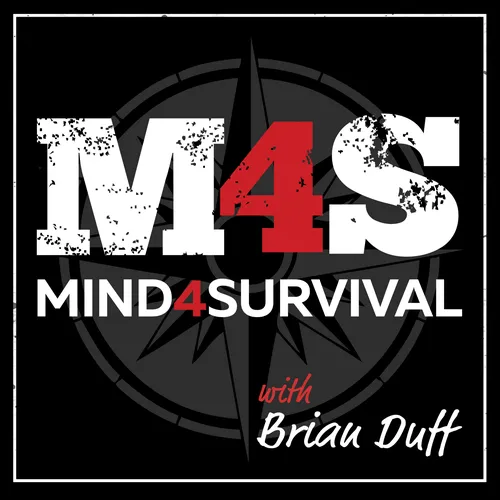Planning for Special Needs in Preparedness: A Helpful Guide
- Author
- [email protected] (Brian Duff)
- Published
- Thu 24 Oct 2024
- Episode Link
- https://mind4survival.com/planning-for-special-needs-in-preparedness/
When planning for special needs in preparedness, it's vital to consider the unique needs of individuals with special needs. This group includes people with physical and mental disabilities, young children, and elderly individuals. Proper planning can make a significant difference in ensuring everyone's safety and well-being during a crisis.
Understanding the Needs
Understanding people's specific needs helps you tailor your plans and actions to address the unique challenges you may face. Customizing detailed plans for your specific situation helps ensure everyone's safety and well-being during a crisis.
Physical Disabilities
Mobility Issues
People who use wheelchairs or have mobility problems may need assistance with evacuation. For instance, you should ensure that there are ramps in place and all of the routes into and out of your home are clear of any obstacles. Consider practicing evacuation your procedures with the person to identify potential challenges and make the necessary adjustments to accommodate their needs. When it comes to mobility issues, you should also, plan for people who may suffer injuries during a disaster. How are you going to move someone who may have a broken leg or other physically limiting injury?
Sensory Impairments
Individuals who are blind or deaf require tailored communication methods and specific tools. For those who are visually impaired, prepare tactile maps of the home and emergency routes. Help them rehearse the route so they're better prepared to manage it on their own during an emergency. You should also provide emergency notifications and plans in braille or audio formats. For individuals who are deaf, ensure there are plenty of visual alarms and to have written instructions readily available.
Mental Disabilities
Cognitive Challenges
Those with developmental disabilities may need clear, simple instructions and familiar routines. Create visual schedules and step-by-step guides for emergency procedures. Use social stories to help explain what to do during different emergencies. Practice these routines regularly in a fun way to build familiarity.
Emotional Support
Emergencies can exacerbate anxiety and other mental health issues, necessitating strategies for comfort and calm. Put together a calming kit with favorite toys, noise-canceling headphones, calming essential oils, and other stress-relief tools. Establish a space in the home where a person can feel safe, secure, and unwind.
Children
Physical Development
Young children may need help with basic tasks and extra supplies like diapers and formula. Consider packing an emergency kit specifically for children, including baby food, diapers, a favorite blanket, and comforting toys. Teach them simple emergency procedures through games and role-playing.
Emotional Needs
Children require reassurance and simple explanations to help them feel safe. Use age-appropriate language to explain emergencies and what actions to take. Please encourage them to express their feelings and provide consistent emotional support.
Remember, children and others can pick up on the emotional energy others give off. Therefore, remind yourself and others to do their best to stay calm, rational, and not overly worried. Have people who may be struggling with their emotions separate from the group and work to calm down so they don't scare the children.
Elderly
Physical and Congitive Decline
In alignment with our earlier discussion in "Mobility Issues," many of us struggle physically as we age. Eventually, many have mobility issues or medical conditions that limit our ability to move about easily.
Create a plan that accounts for people with a banged-up knee (or other body part) who might be able to move independently but will do it slower than others.
